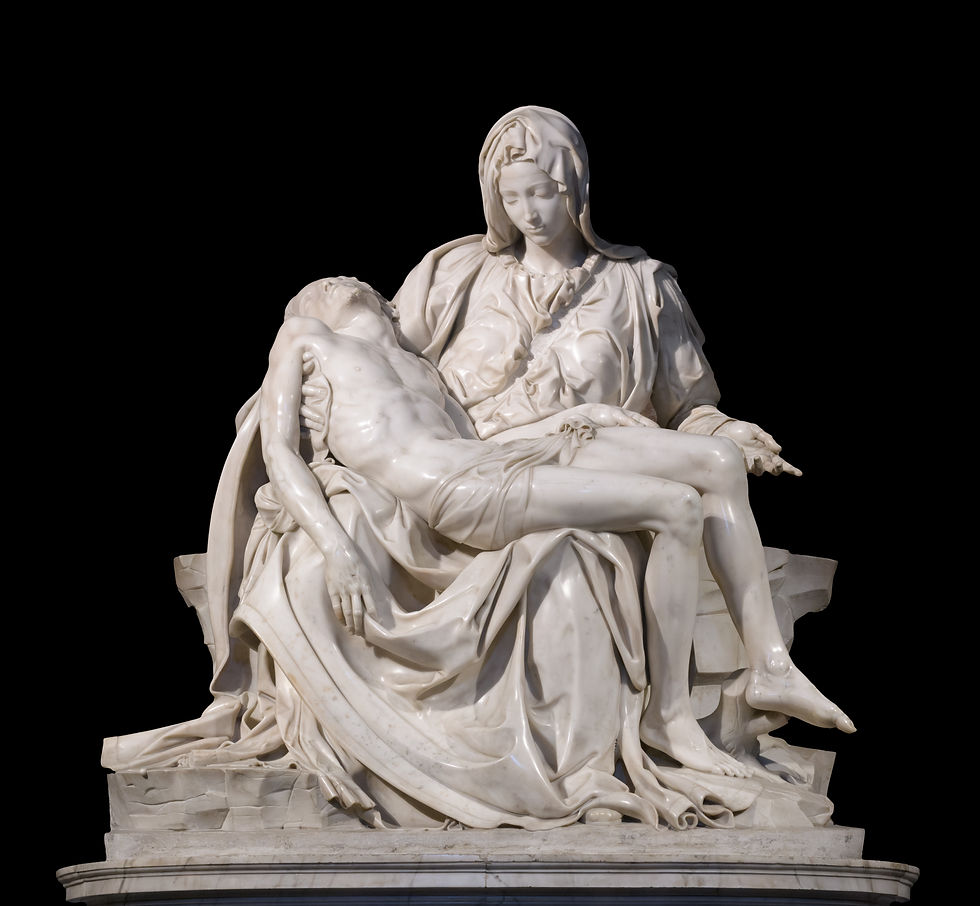Why I Don’t Shy Away from Violence in Christian Historical Fiction
- Bryan R. Saye

- Jun 20
- 3 min read
Violence and faith might seem like strange companions. After all, Sacred Scripture and the teachings of the Church call us to peace, mercy, and love. But when I write Christian historical fiction, I don’t turn away from the brutality that shaped it. Indeed, I've often chosen quite violent periods in history: the rule of King David and the Medieval Crusades.
But why?
In this post, I’ll explore why embracing the full weight of violence in my storytelling doesn’t undermine the Christian message—it strengthens it.
History Was Filled with Violence—And So Is Christian Redemption

The most obvious reason to include violence in Christian Fiction is because life was—and is—violent. The worlds of the Crusades and the Ancient Near East were harsh, unforgiving, and often cruel. And yet, it was also a time of faith, repentance, and redemption. The most redemptive act in history was also the most violent: Christ nailed to a cross.
Who can look at the Pieta and not see in it one of the most striking pieces of art ever created? It's a beautifully tragic image, and it's redemption at work. While violence itself is often brutal, savage, and inhumane, the redemption that comes from it can—and has—healed.
Redemption Means Nothing Without Darkness and Violence
The very fact that we need redemption means we live in darkness. We need a savior—and not always from external threats. Sometimes (perhaps most times) we need a savior from our very selves. That said, I believe storytelling itself is the purest form of truth-telling. There's a reason the life of Christ is often called "The greatest story ever told" (heck, they made a movie with that title). We say things like "the story of salvation."

So when I write a character, I write him or her as they are, not as they should be. When they stand knee-deep in ruin—some of it their own making—and choose to change, that’s redemption. Not a sermon, not a sanitized lesson, but a visceral, gut-wrenching decision to crawl toward the light when everything in them is broken. That kind of transformation demands darkness. It demands that the reader look into the abyss and then, just maybe, see a flicker of something holy on the other side.
Writing Christian Fiction for Believers Who Know the World is Filled with Violence
Life's hard. For some people, it's very hard. In Christian fiction, we do a disservice when we try to make our heroes pure and our world safe. The real world isn’t like that. The real world is broken and torn apart by sin and selfishness. By violence.
But the Gospel didn’t come for the safe. It came for the violent, the shattered, the ones at war with the world and with themselves. And when that kind of soul finds grace, the story isn’t just compelling—it’s sacred.
I want my readers to see characters who wrestle with God, who make awful choices and still stumble back to grace—because that's what we all do. I want them to recognize that they’re not alone in their pain—that faith doesn’t require perfection, but perseverance. When we face the full ugliness of the human condition, the mercy of God doesn’t look smaller. It looks bigger. Brighter. Stronger. And that’s the kind of Christian fiction that speaks to those walking through the valley—because it doesn’t pretend the valley isn’t there.






I dream a your novel about kings of the Bible like Josiah o Jehoshaphat.